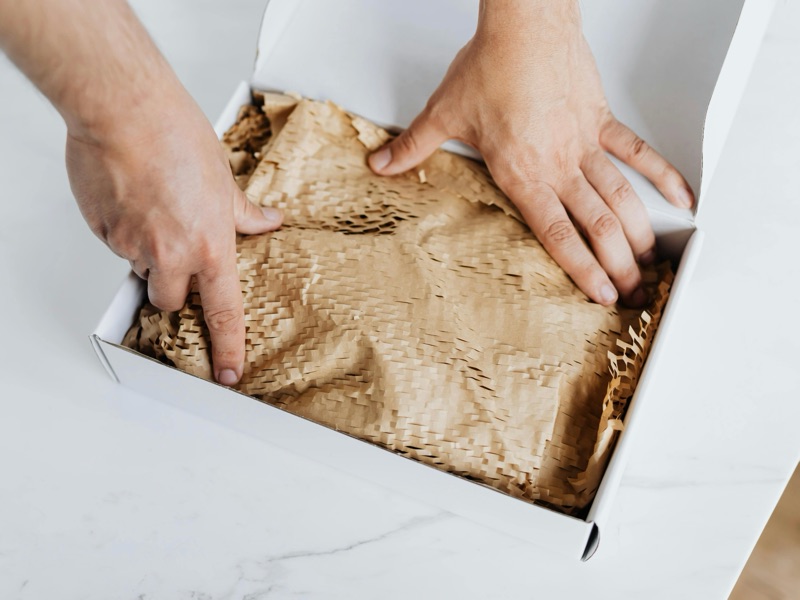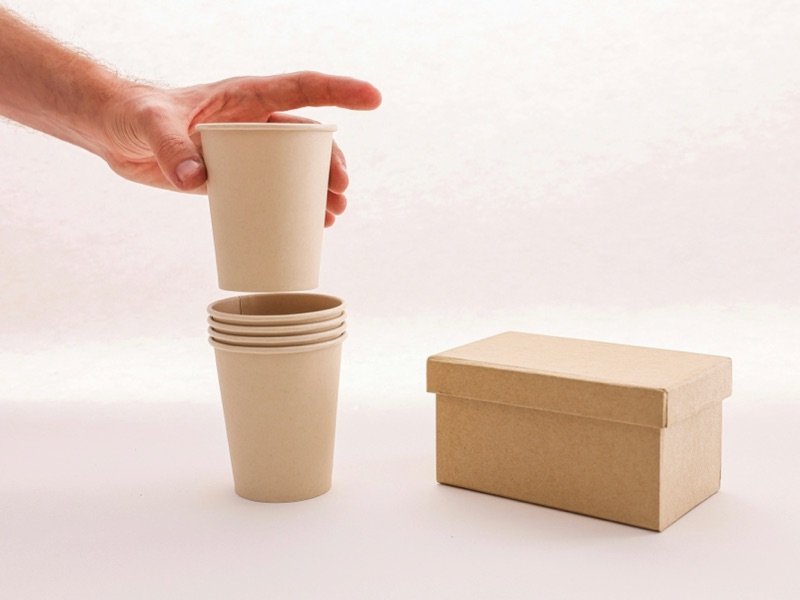In a world driven by rapid technological innovation, there’s a quieter revolution happening — in the packaging. You might not give much thought to the box your smartphone arrives in or the materials cushioning your new laptop, but those choices are starting to matter a great deal. As climate change and plastic pollution become impossible to ignore, the tech industry is rethinking how it wraps and delivers its products.
And that change? It’s making a difference.
The Shift to Sustainable Packaging
In the past, opening a new gadget often meant peeling through layers of plastic, foam, and non-recyclable inserts. But today’s eco-conscious consumers are demanding better — and brands are listening. Companies like Apple, Samsung, Dell, and Google have started to embrace minimalist and sustainable packaging.
Here’s what that looks like:
- Recycled paper and cardboard instead of virgin materials
- Soy-based or water-based inks for printing
- No more plastic wraps, trays, or twist ties
- Compact packaging to reduce shipping weight and emissions
Apple, for instance, has pledged to eliminate all plastic from its packaging by 2025. In 2023, it achieved 100% fiber-based packaging in many products — even removing the plastic film that once wrapped iPhone boxes.

Why It Matters
It’s easy to dismiss packaging as a minor part of tech’s environmental footprint, but the numbers tell another story:
- Packaging waste accounts for over 30% of municipal solid waste in the U.S.
- Plastic packaging is the biggest contributor to marine plastic pollution
- Lightweight and smaller packaging reduces carbon emissions during shipping
Every gram of packaging saved, every layer of plastic removed, and every biodegradable replacement has a ripple effect — from manufacturing to end-of-life disposal.
Big Tech Goes Green
Let’s spotlight a few companies making real strides:
- Dell has pioneered ocean-bound plastic packaging, turning waste from waterways into product trays.
- Microsoft uses molded pulp packaging — biodegradable and protective — for many Surface products.
- Google’s Pixel line is packaged in 100% recycled materials, and even the ink used is soy-based.
These efforts aren’t just good PR. They reduce environmental impact across the supply chain — from extraction to disposal.

Beyond Boxes: What You Can Do
While companies are leading the way, conscious consumers can push things even further:
- Support brands with transparent sustainability goals
- Recycle packaging properly — especially cardboard and molded pulp
- Choose products with minimal or plastic-free packaging
- Avoid products that come with excess “unboxing fluff”
The Future: Smart, Circular Packaging
The next frontier? Circular packaging systems — where materials are reused repeatedly — and smart packaging that includes sensors to reduce damage and waste in transit. Some startups are even exploring compostable electronics packaging made from mushroom mycelium or seaweed.

Final Thoughts
Eco-conscious packaging might not be as flashy as the latest AI chip or foldable screen, but its impact is tangible and immediate. As more companies embrace sustainability, the tech we love can come wrapped in responsibility — not waste.
So next time you unbox a new device, take a moment to appreciate the box it came in. It might be doing more for the planet than you think.